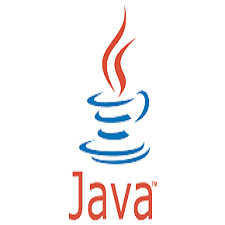توضیحات
ABSTRACT
Many Data Mining algorithms enable to extract different types of patterns from data (e.g., local patterns like itemsets and association rules, models like classifiers). Tosupport the wholeknowledge discovery process, we need for integrated systems which can deal either with patterns and data. The inductive database approach has emerged as an unifying framework for such systems. Following this databaseperspective, knowledge discovery processesbecome queryingprocesses for which query languages have to be designed. In the prolific field of association rule mining, different proposals of query languages have been made to supportthe more or less declarative specification of both data and pattern manipulations. In this chapter, we survey some of these proposals. It enables to identify nowadays shortcomings and to point out some promising directions of research in this area.
INTRODUCTION
Since the first definition of the Knowledge Discovery in Databases (KDD) domain in (Piatetsky-Shapiro and Frawley, 1991), many techniques have been proposed to support these “From Data to Knowledge” complex interactive and iterative processes. In practice, knowledge elicitation is based on some extracted and materialized (collections of) patterns which can be global (e.g., decision trees) or local (e.g., itemsets, association rules). Real life KDD processes imply complex pre-processing manipulations (e-g., to clean the data), several extraction steps with different parameters and types of patterns (e.g., feature construction by meansof constrained itemsets followed by a classifying phase, association rule mining for different thresholdsvalues and different objective measures of interestingness), and post-processing manipulations (e.g., elimination of redundancy in extracted patterns, crossing-over operations between patterns and data like the search of transactions which are exceptions to frequent and valid association rules or the selection of misclassified examples with a decision tree). Looking for a tighter integration between data and patterns which hold in the data, Imielinski and Mannila have proposed in (Imielinski and Mannila, 1996)the concept of inductive database (IDB). In an IDB, ordinary queriescan be used to access and manipulate data, while inductive queries can be used to generate (mine), manipulate, and apply patterns.
Year: 2005
Publisher: SPRINGER
By: Jean-FrancoisBoulicaut, Cyrille Masson
File Information: English Language/14 Page / size:2,470KB
Download: click
سال : 2005
ناشر : SPRINGER
کاری از : Jean-FrancoisBoulicaut, Cyrille Masson
اطلاعات فایل : زبان انگلیسی / 14 صفحه / حجم : 2,470KB
لینک دانلود : روی همین لینک کلیک کنید










نقد و بررسیها
هنوز بررسیای ثبت نشده است.